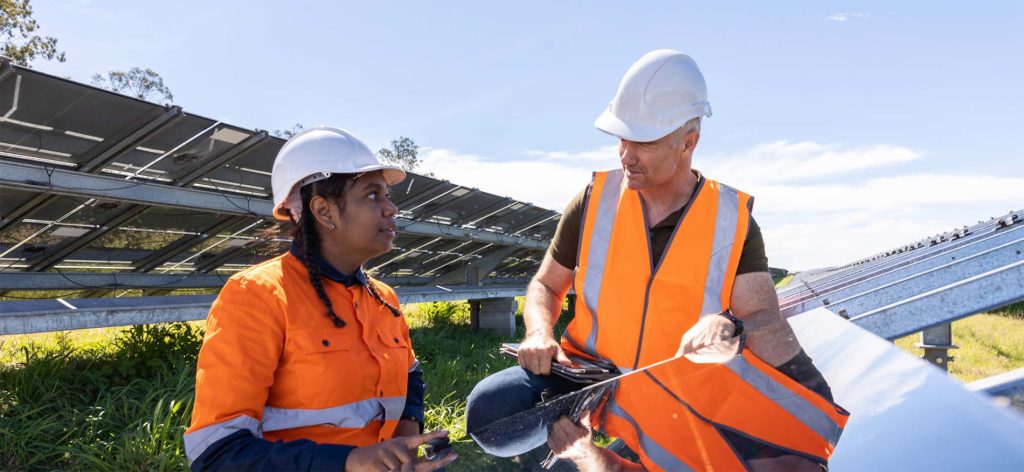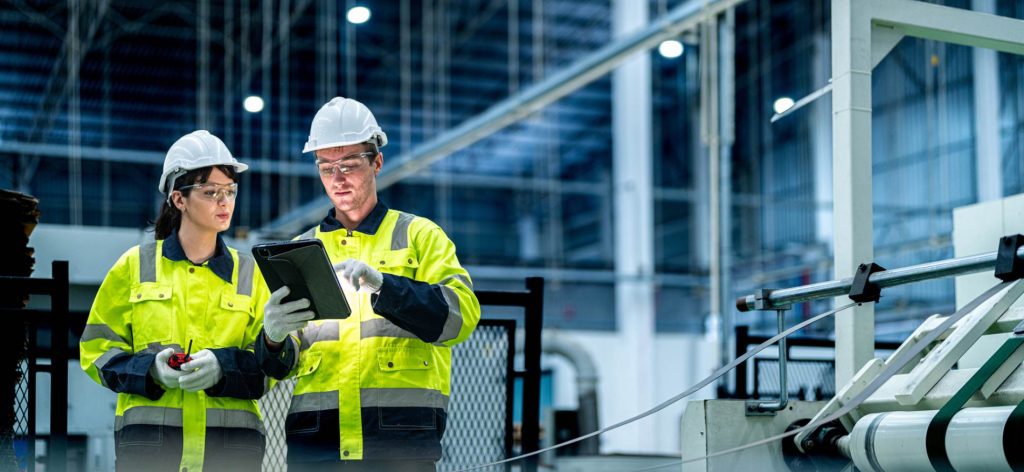6 Infrastructure and Utilities Updates You Need to Know
Our news feeds have been buzzing with stories about substantial investments in recreational transportation infrastructure, ground-breaking approaches for Australia’s future pipelines, and the imminent finalisation of Sydney’s water pumping station. Here’s what else has been happening in the infrastructure and utilities space: Keeping it mobile – Tom O’Keane, Roads & Infrastructure Magazine Topcoat Asphalt Contractors…
Our news feeds have been buzzing with stories about substantial investments in recreational transportation infrastructure, ground-breaking approaches for Australia’s future pipelines, and the imminent finalisation of Sydney’s water pumping station.
Here’s what else has been happening in the infrastructure and utilities space:
Keeping it mobile – Tom O’Keane, Roads & Infrastructure Magazine
Topcoat Asphalt Contractors has expanded its service offerings by embracing mobile asphalt production methods.
Their mobile asphalt plant allows for quick and cost-effective establishment, making it suitable for both large- and small-scale projects.
The plant has enabled Topcoat to work on projects in remote regions, reducing haulage trucks and improving serviceability. It also reduces quality issues through real-time production reporting and minimises construction waste.
The flexibility of the mobile plant has been advantageous in securing projects and offering program flexibility to clients. Supported by parent company VSA Roads and Colas Australia Group, Topcoat is able to deliver quality asphalt through collaborations with SAMI Bitumen Technologies.
The mobile asphalt plant has opened new opportunities for Topcoat, allowing them to compete in the national marketplace and become a specialist delivery partner.
Read more here.
QLD’s connection to wind farm reaches milestone – Steph Barker, Utility Magazine
Powerlink has reached a significant milestone in connecting Queensland’s electricity grid to the MacIntyre Wind Precinct, the largest wind farm in the southern hemisphere.
They have successfully installed the 100th transmission tower out of a total of 167 towers.
The wind precinct, consisting of the MacIntyre Wind Farm and the Karara Wind Farm, is expected to generate 1,026MW of wind power and provide renewable energy to approximately 700,000 homes.
Powerlink’s construction work, which began in May 2022, is set to be completed by late 2023, with the wind farm generating power in stages from late 2024 and throughout 2025.
The project is part of Queensland’s commitment to a cleaner and more sustainable energy future, creating jobs and supporting local businesses in the region.
CleanCo has already committed to purchasing 400MW of energy generated by the MacIntyre Wind Farm through a Power Purchase Agreement.
Read more here.
CSIRO launches $10M project to boost hydrogen capability – Tess Macallan, Energy Magazine
CSIRO is leading a project to develop a device that can produce hydrogen directly at the point of consumption, a first in Australia.
The technology aims to generate hydrogen safely and efficiently at off-grid locations, contributing to Australia’s goal of achieving net zero emissions by 2050.
CSIRO scientists will build a demonstration unit based on patented technology to generate hydrogen from liquid carriers. The use of a liquid carrier allows for the safe storage and transportation of hydrogen to where it is needed.
The project addresses key challenges in the hydrogen sector and aims to support the growth of a sustainable hydrogen industry in Australia.
The technology will utilise CSIRO’s catalytic static mixers, which offer better control and scalability compared to existing technologies.
The project is part of CSIRO’s Hydrogen Industry Mission and aligns with Australia’s National Hydrogen Strategy, which projects significant job creation and economic benefits from a clean hydrogen industry.
The research is supported by a $10 million investment over six years from Advanced Carbon Engineering.
Read more here.
NSW Gov commits $39.5M to recreational transport infrastructure – Steph Barker, Infrastructure Magazine
The New South Wales Government has announced the renewal of the Get NSW Active program, which will allocate $39.5 million in funding to over 80 walking and cycling projects across the state.
The program aims to encourage walking and biking in local communities and reduce car usage.
The funded projects include the design of a new bridge, construction of shared paths, pedestrian improvements, and upgrades to walking and cycling infrastructure near schools and residential areas.
The projects will contribute to creating a safe and connected network of paths and alleviate pressure on roads and public transportation. The funding is divided between 44 projects in Greater Sydney and 40 projects in regional areas, with a focus on Western and Southwestern Sydney.
Canterbury Bankstown will receive funding for five projects, including upgraded paths, improved safety measures, and the planning of new shared paths and bridge replacements.
The initiatives aim to enhance active transport infrastructure, promote healthier lifestyles, and improve community connectivity in both urban and regional areas.
Read more here.
Concrete solutions for Australia’s future pipelines – Tess Macallan, Utility Magazine
Professor Yan Zhuge of the University of South Australia is leading a project to develop self-healing concrete for sewerage pipes. The concrete contains microcapsules with water treatment sludge that resist corrosion and repair cracks.
The project aims to provide a long-term, sustainable solution and support a circular economy by reusing sludge. The technology could save costs, extend the lifespan of structures, and reduce carbon emissions.
Prof. Zhuge hopes the project encourages the pipeline industry to embrace innovation and utilities to adopt net zero targets.
Read more here.
Sydney Water pumping station nears completion – Steph Barker, Utility Magazine
Sydney Water is nearing completion of the Liverpool pumping station, the second-largest water pumping station it has ever built.
As part of the Prospect to Macarthur Project (ProMac), a $450 million investment in water and wastewater infrastructure, the station will benefit approximately 84,000 dwellings in southwest Sydney.
The facility will serve various areas, including the Liverpool CBD, Western Sydney Aerotropolis Growth area, Southwest Growth area, and Menangle Park.
It will contribute to the creation of 62,000 new jobs in the region.
The Liverpool pumping station, along with other ProMac infrastructure, will provide an additional 115ML of reservoir capacity in Western Sydney.
Construction began in late 2020, involving 1,500 employees. The station will feature seven environmentally friendly pumps equipped with variable-speed drives to save energy during periods of reduced demand.
The project reflects Sydney Water’s commitment to meeting the needs of a growing population and providing high-quality water services to south-western Sydney.
The Liverpool pumping station is scheduled to become operational by June 2023.
Read more here.
Want to learn more about the current market conditions and trends? Reach out to our insurance and utilities experts through the form on this page.







